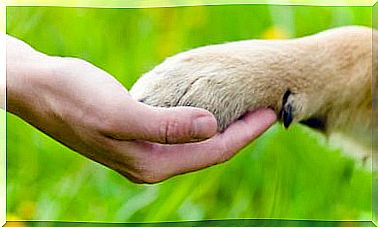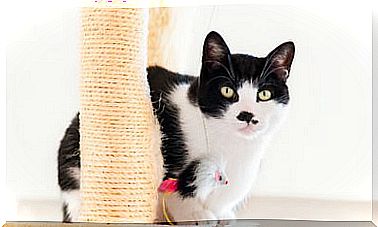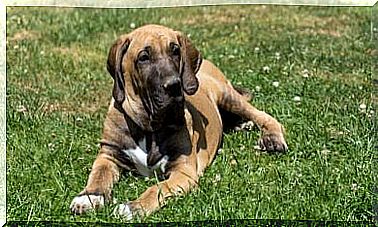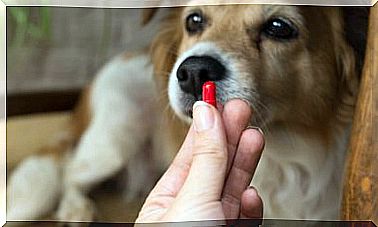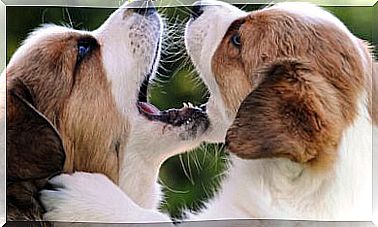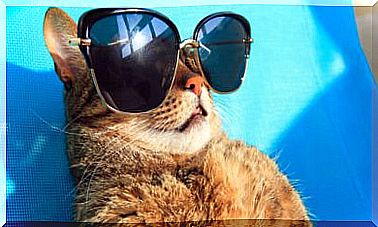Aromatherapy For Dogs, What Is It?

Aromatherapy is a discipline with 4,500 years of history that, today, is often used as a complementary practice to conventional medicine. It consists of the use of essential oils extracted from vegetables, by inhalation or by direct application on the skin, to heal various ailments, both physical and emotional. In recent decades, its use has also extended to pets and is consolidating itself as a specialty that promises well-being, balance and healing, particularly in cases of fear, nervousness and alteration. In addition, in many veterinary schools it is already taught as a chair.
How to use aromatherapy in dogs

Smell, that sense that never rests, is much more developed in animals than in humans. Therefore, we must be clear that aromatherapy in dogs cannot be used on a human scale. Everything must be much more diluted so that it does not cause any damage. Its use is safe, as long as the veterinarian’s recommendations regarding frequency and dosage are followed.
Once adapted to the dog’s characteristics, this discipline can be useful for your pet, both physically and emotionally. It is considered very useful, for example, to promote positive attitudes in training, as a repellent for external parasites or to inhibit unwanted behaviors, such as separation anxiety.
A recent study showed that the use of lavender aromatherapy was effective and safe as a relaxation method for canines with separation anxiety from their owners. In more than 70 percent of the patients, the symptoms disappeared or decreased.
Some beneficial essences for your dog
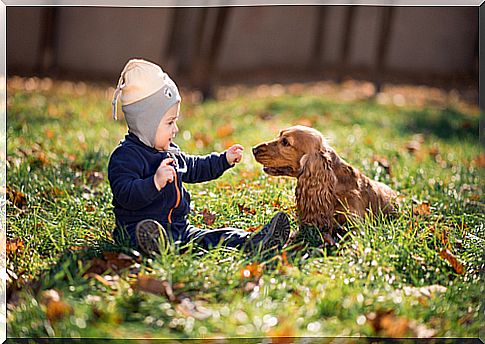
We tell you the benefits that some essential oils can bring to your dog:
- Lemon: Ideal for concentrating during training, as it will enhance your attention. In addition, it is good for the circulatory system, regenerates connective tissue and repels insects.
- Chamomile: As a good painkiller, it is beneficial in cases of impatience and irritability. It also relieves allergic inflammation and eczema, and heals wounds faster.
- Eucalyptus: It serves to improve the mood and mental stimulation of your pet, because it helps increase blood flow to the brain. It also repels insects.
- Neem tree: Reduces stress on anxious dogs.
- Peppermint: Good to lift your spirits.
- Incense: Recommended for when you have to leave your dog alone, as it reduces stress and depression.
- Benzoin tree: It can be a good ally for fearful, aggressive or very anxious pets, due to its antidepressant, relaxing and sedative effects.
- Agrimony: Recommended to stop itching caused by fleas.
- Aspen: Use it if your dog has a phobia of storms.
- Garden plum: Keep this in mind if your dog does not like to travel by car.
- Impatience and Clematis: Improve attention span during training.
- Pink Rock: Helps in cases of animals that have suffered trauma, relieving stress and increasing their courage.
- Cedar: It is a good insect repellent, in addition to strengthening the skin and improving its elasticity.
- Orange: Calms digestive problems, nervousness and stimulates the lymphatic system.
- Star of Bethlehem: For all types of trauma, including pain.
Final advice. It is worth insisting that aromatherapy, whether for people or animals, is safe only if it is used following the recommendations of manufacturers and specialists. For this reason, since your dog does not know how to read the labels or the veterinarian’s instructions, it is better to keep these products safe. This way you will avoid possible accidents if your pet decides to use a bottle as a toy or as an object of exploration.
Luckily, everything evolves and we live in a world where the disputes between conventional and alternative medicine are over and the best of each is used for the well-being of humans and animals. However, it is important to emphasize that no treatment is harmless, no matter how harmless it may seem. Therefore, do not risk your dog’s health by playing the vet. For aromatherapy to be a good tool to improve the quality of life of your pet, first consult with professionals and consult them everything you need.


